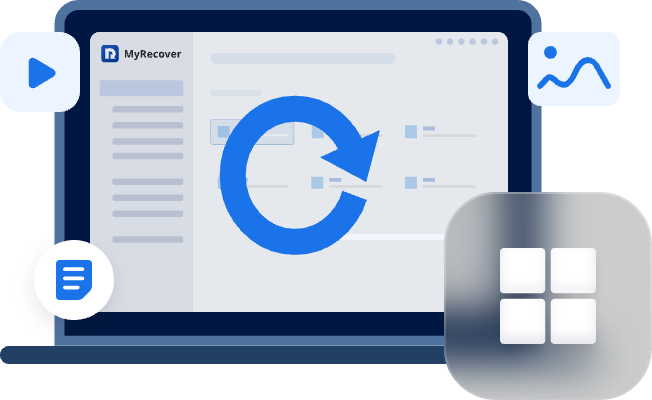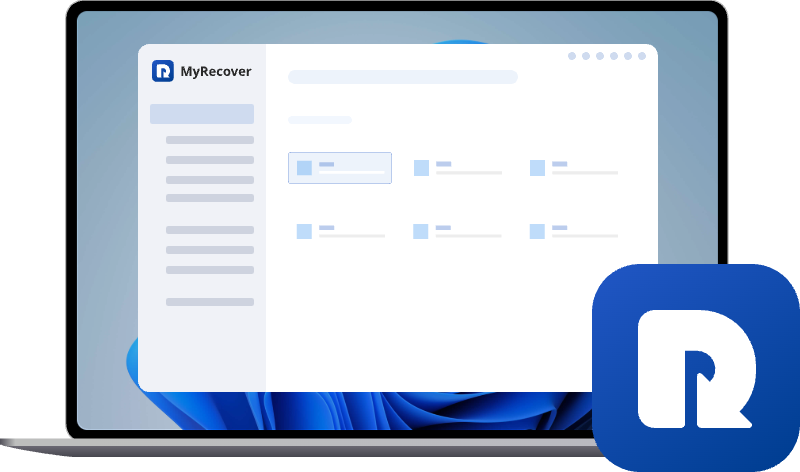Can You Recover Data from Quick Formatted Hard Drive? Yes, Here's How
This article provides a comprehensive overview of how to recover data from a quick formatted hard drive. It explores the difference between quick format and full format, and step-by-step recovery methods using professional tools. Whether you’ve formatted an external drive, USB, or internal HDD/SSD, this guide will help you retrieve important files with minimal hassle.
Can You Recover Data After Quick Format?
Formatting a drive is the process of preparing a storage device—such as a hard drive, SSD, or USB flash drive—for use by an operating system. It creates a new file system, organizes how data is stored and retrieved, and ensures compatibility with your computer. Most users format a drive to remove existing data, fix file system errors, or set up a new storage device.
When you format a drive, the system erases the existing file system structures, such as file allocation tables or directory entries. This does not necessarily mean all the data is physically deleted—especially in a "quick format". The actual data often remains on the disk until new data overwrites it.
Quick Format vs. Full Format: What's the Difference?
| Feature | Quick Format | Full Format |
| Speed | Fast | Slow |
| File Deletion | Deletes file system pointers only | Deletes and scans disk for bad sectors |
| Data Recovery | Easier to recover data | Much harder, data is usually overwritten |
| Disk Check | No | Yes (checks for bad sectors) |
All in all, "Quick Format" removes the index but leaves most of the actual data untouched on the storage medium, while "Full Format" removes the index and writes over all data, making recovery far more difficult. So, Can you recover data after quick format? Yes, in most cases you can recover data after a quick format.
Methods to Recover Data from Quick Formatted Drive
Recovering data from a quick formatted drive is often possible, especially if new data hasn’t been written over the original files. While formatting may seem like the end of your data, there are effective methods you can use to retrieve important files.
Method 1. Recover Files from Quick Format Using Prior Backup (If Available)
If you have previously created backups using Windows’ built-in File History or Backup and Restore (Windows 7), recovering files from a quick formatted drive can be simple and efficient.
Step 1: Open Backup and Restore (Windows 7): Go to "Control Panel > System and Security > Backup and Restore (Windows 7)". Click "Restore my files".
Step 2: Browse or Search for Files: Choose "Browse for files" or "Browse for folders" to find the data you want to recover.
Step 3: Select Destination and Restore: Choose whether to restore the files to their original location or a new folder. Click "Restore" to begin recovery.
Alternatively, if you have File History (another Windows built-in tool to save copies of personal files automactially) enabled:
Step 1: Press Win+S, enter "Restore Your Files with File History" and click "open" under the result.
Step 2: Browse through backup versions, choose the folder or file you want to recover from quick formatted drive and click "Restore".
Even though this method relies on having a backup, it's the safest and most straightforward approach when available.
Method 2. Restore Data from Quick Format Using Windows File Recovery (No Backup Needed)
If you don’t have a prior backup, you can still try Windows File Recovery, a free command-line tool provided by Microsoft. It’s designed to recover lost files even after formatting from your local storage device such as internal drives, external drives and other USB devices .
Step 1: Install Windows File Recovery: Download it from the Microsoft Store and install it on your computer.
Step 2: Open Command Prompt as Administrator: Search for Command Prompt, right-click, and choose Run as administrator.
Step 3: Run the Recovery Command: winfr D: E: /extensive
- Replace D: with the source drive (formatted drive)
- Replace E: with the destination where recovered files will be saved
- The /extensive mode can conduct a deep scan on the formatted drive. For recovering recently deleted files from drive, use /regular instead.
This tool requires basic command-line knowledge, and results may vary based on how much data has been overwritten.While this method is more technical, it’s a good option when you don’t have backup tools and need a free recovery solution.
Method 3. Perform Data Recovery After Quick Format Using MyRecover (No Backup Needed)
If you're not comfortable using command-line tools and have a weak technical background, you might need a more user-friendly and effective solution, like MyRecover. This professional data recovery software offers powerful recovery features that work even after a quick formatwithout requiring any previous backupas well.
Other Key Advantages of MyRecover Include:
- High Recovery Rate: MyRecover is equipped with state-of-the-art recovery algorithms that ensure a high success rate, even for severely formatted drives.
- Support for 1000+ File Types: Recover videos, documents, photos, audios, emails, zips, and more—ideal for a wide range of data loss scenarios.
- Real-Time File Preview: Preview files before recovery to confirm integrity, saving time and storage space.
- Beginner-Friendly Interface:The intuitive design lets non-technical users perform complex recoveries with just a few clicks.
- Broad Scenario Coverage: Supports most data loss cases—from accidental deletion and formatting to virus attacks, system crashes, and partition errors.
- Wide Device Compatibility: Recovers data from HDDs, SSDs, USBs, laptops, SD cards, cameras (Seagate, SanDisk, Canon, etc.), covering all major brands and storage types.
Step 1: Download and Install MyRecover: Download MyRecover and install it on a different drive to avoid overwriting recoverable data.
Step 2: Scan the Formatted Drive: Launch MyRecover and select the formatted drive. Click "Scan" to start a full scan of lost files.
Step 3: Preview and Recover: To recover files from quick format hard drive, it will perform a "Deep Scan" by default. Once the scan completes, preview the files that can be recovered.Select the files you need and click "Recover".
Then you will need to specify a different storage location to save your recovered files. We recommend choosing a drive separate from where the lost files originated to ensure optimal recovery results.
When the recovery process finishes, the software will display a confirmation message containing two key pieces of information: the total number of files successfully restored and the complete save path for your recovered data. To access your recovered files immediately, you can click directly on the save path link displayed in the confirmation message. Alternatively, you can select the "Browse" button to navigate to the destination folder.
Conclusion
Recovering data from quick formatted hard drive is not only possible—it’s often easier than most people think. Whether you have a backup or not, there are solutions ranging from built-in Windows tools to professional recovery software. Start with backup options if available, or use trusted tools like Windows File Recovery and MyRecover to get your files back quickly and safely.
What sets MyRecover apart is its combination of an intuitive interface and industry-leading recovery success rates. The software simplifies what could be a complex process, guiding users through recovery with clear instructions. This makes it particularly effective for quick format recovery scenarios and other data loss cases like recovering files from corrupted drives, restoring from unbootable Windows, etc.


